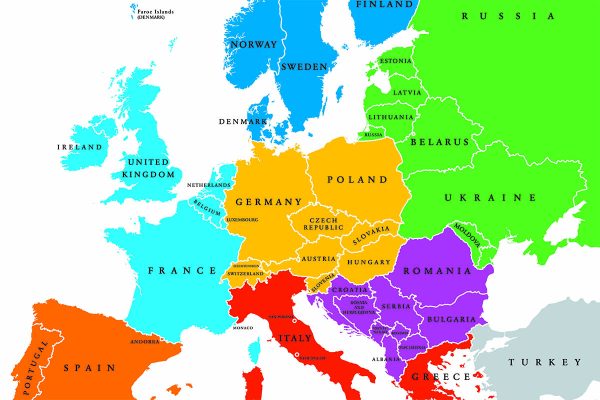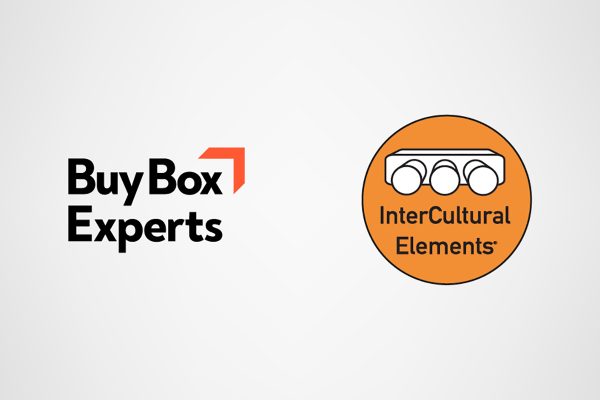 Erin and Scott from Intercultural Elements spend every day helping retailers expand their businesses internationally. As well as translation services they also offer services such as international returns management, exchange rate optimization, customer service support and a host of other services.
Erin and Scott from Intercultural Elements spend every day helping retailers expand their businesses internationally. As well as translation services they also offer services such as international returns management, exchange rate optimization, customer service support and a host of other services.
They’ve looked at some of the most common problems they run across and have come up with a check list of questions you should address when you start selling overseas:
11 questions to ask yourself before taking your e-commerce business abroad
Even in this increasingly globalised world, successful international e-commerce expansion isn’t as easy as joining a marketplace and declaring yourself open for business. There’s a lot more to keep in mind. Asking yourself these questions beforehand will help ensure your journey beyond borders is as smooth as possible.
1. Is it allowed?
Make sure it’s legal to sell your products in this new country.A country’s laws are typically the source of marketplace product regulations. If your product contains a prohibited item or ingredient, it’s very likely that the marketplace won’t allow you to sell it, even if it’s legal in your home country.
2. Have you done your research?
Will your products sell in this new market? Maybe they’re popular in your home country, but unknown in other marketplaces. Also, even if they’re commonly found, what’s the competition like? Perhaps you’ll have to make adjustments to your listings or prices.
3. Do you have marketplace approval?
Do you need category approval from your chosen marketplace(s) to sell your items online? Do you meet the requirements for approval? Remember some products need approval even though their categories don’t. Check the specific marketplace requirements relevant to you, and make sure that if you do need approval, you request it before beginning to sell in a new country.
4. Have you translated your listings?
A recent study found that most people prefer shopping online in their native language. By properly translating your listings, you’ll foster trust for your brand, and ensure that your products will be found when they’re searched for. If translation isn’t a viable option, you may be able to piggyback on existing listings on certain marketplaces.
5. Have you localized your listings?
Even if you’re expanding into a country with the same native language, you’ll still need to adapt your listings. Sizes, measurements & weights will need to be converted, and categories, search terms and item specifics should be optimized (e.g. UK: jewellery vs. US: jewelry; UK: trainers vs. US: sneakers). Otherwise, your items won’t be found. Localization of your listings is integral to your international success.
6. How will you ship your products?
Do you already have a shipping carrier? How much does it cost to ship your products? How long does it take? Shipping will be one of the more complicated aspects of expansion, and not only because of the logistics.
Import & export tariffs and customs duties further complicate international shipping. Do you know how much they cost? Will you pay them or will you pass them on to your customers? If your items are under a certain price, you may not need to pay any import & export tariffs or customs duties. You should be aware of this threshold and any other import/export policies before starting to expand.
7. How will you deal with returns?
Make sure that you’re aware of your marketplaces’ return policies ahead of time! Amazon now requires international sellers to have local return addresses in each country they sell to—how will you meet this requirement? Will you provide prepaid international returns? How much will the higher costs eat into your margins? Is it worth it? You could also participate in FBA or there are cost-effective third party services, like ICE Global Returns, offering international return addresses— saving you the headache of finding them on your own.
8. Do you need a tax/VAT number?
Like most things, this varies from country to country. Usually, you’re not required to register with the foreign tax office until your sales have surpassed a certain country-specific threshold. Keep up to date on the relevant regulations;this is something that we would recommend you seek tax experts for.
9. Should you use a listing tool?
That depends. Are you listing on multiple marketplaces? The more marketplaces and countries you list to, the more you need timely, specific stock control through a central hub. How else will you properly monitor your inventory levels across marketplaces? A listing tool negates the need for you to keep up with all these country specific marketplace updates, easing long term maintenance (and saving lots of time) on your expansion.
10. Do you have customer service in place?
How will you respond to customers if they don’t speak English? Do you plan to use a machine translation tool like Google Translate? While these tools can be helpful, misunderstandings cause negative feedback & ratings. Will you spend time recruiting, hiring and training your own international customer service team instead? Or is it less expensive to outsource the task? Regardless of how you decide to handle customer service, you need a solution that will be able to handle customer requests and complaints in foreign languages– promptly and effectively.
11. Okay, that’s all sorted—am I done now?
Not quite, once you have your international account(s) established, it should be checked regularly for marketplace &category updates, and posting errors.
For more information about selling abroad, check out this ChannelAdvisor video about market expansion or visit the Amazon Global Selling website.










One Response
Great overview and checklist. Well done. If you need a list of foreign online marketplaces please check https://www.bvoh.de/overview-of-online-marketplaces-across-europe/
Oliver